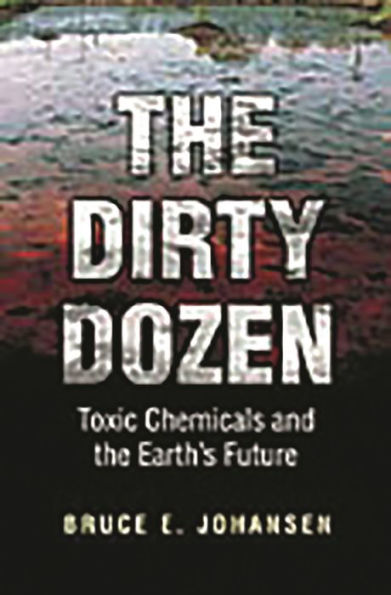Forty years after the publication of Rachel Carson's Silent Spring, this important study examines the history, industrial uses, and harmful effects of the twelve most commonly used organochloride chemicals. All have been fully or partially banned by the Stockholm Protocol, an international treaty signed by about 120 countries in December 2000. Among the twelve are the dioxins (the active ingredient in Agent Orange) and polychlorinated byphenyls (PCBs), which are toxic in minute quantities. Johansen pays special attention to the Inuit of the Arctic, where these chemicals have been bio-accumulating to dangerous levels, moving up the food chain to a degree of toxicity that some Inuit mothers are no longer able to safely breast-feed their infants.
The polar stratospheric ozone has been devastated by emissions of chlorofluorocarbons (CFCs), and new scientific findings connect global warming near the Earth's surface to significant cooling in the stratosphere. This synergy aggravates ozone depletion because the chemical reactions that destroy the ozone become more energetic as temperatures drop. Synthetic toxins have taken their toll on minority ethnic groups in the United States, and persistent organic pollutants have inflicted physiological damage on humans and other animals. Finally, Johansen explores the estrogenic effects of such chemicals. Sperm counts have declined as much as 50% in 50 years.



